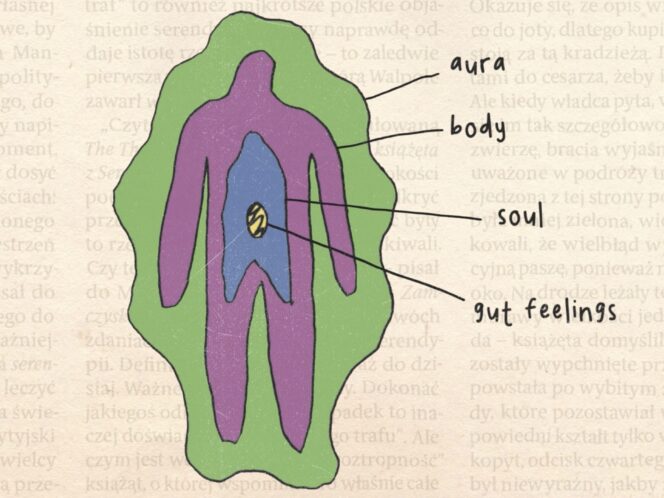
Near the end of the Second World War, a magazine made of wit and levity was born; everyone in Poland read it. While the external factors may change over time, our inner vibe remains the same.
If this text had gotten into the hands of Marian Eile, this paragraph wouldn’t exist. The founder of Przekrój always cut out the introduction, with no mercy and no hesitation. He believed an article with no beginning was better, and usually he was right. On rare occasions the editors would secretly restore the deleted passage, keeping their fingers crossed that the boss wouldn’t notice. Even when he did, he let it go. The issue went to print, and, as nature abhors a vacuum, other texts were already waiting in line where “the great editor”—as his colleagues called him with both humor and admiration—could cut other things out. And that’s how it went, week after week, for the full twenty-four years and 1,277 issues of Przekrój.
It was 1945 when a spark of inspiration flashed anew over Poland. The war was dragging on and not all the survivors had yet returned from Nazi camps to their homes, but there was already a sense of hope in the air. Kraków—the second largest city in Poland—was more fortunate than Warsaw, which was tragically razed to the ground by the German Luftwaffe during the Warsaw uprising. Kraków was battered too, but most of the houses were still standing. There were places to live and work, which is why it became a post-war destination for Polish writers, artists, and intellectuals.
The first issue of the Przekrój weekly appeared in mid-April 1945. It was thin—only sixteen pages long—but included, among other things, a column by Czesław Miłosz—a Polish poet, and later, a professor of Slavic Languages and Literatures at UC Berkeley as well as a Nobel Prize winner. Przekrój aimed high from the start, with literature by the best authors, humor of the highest order, articles on the most interesting topics.
“Lightly; the magazine should have a light touch,” was one of editor-in-chief Marian Eile’s many mottos. During these difficult post-war years, Przekrój prov








